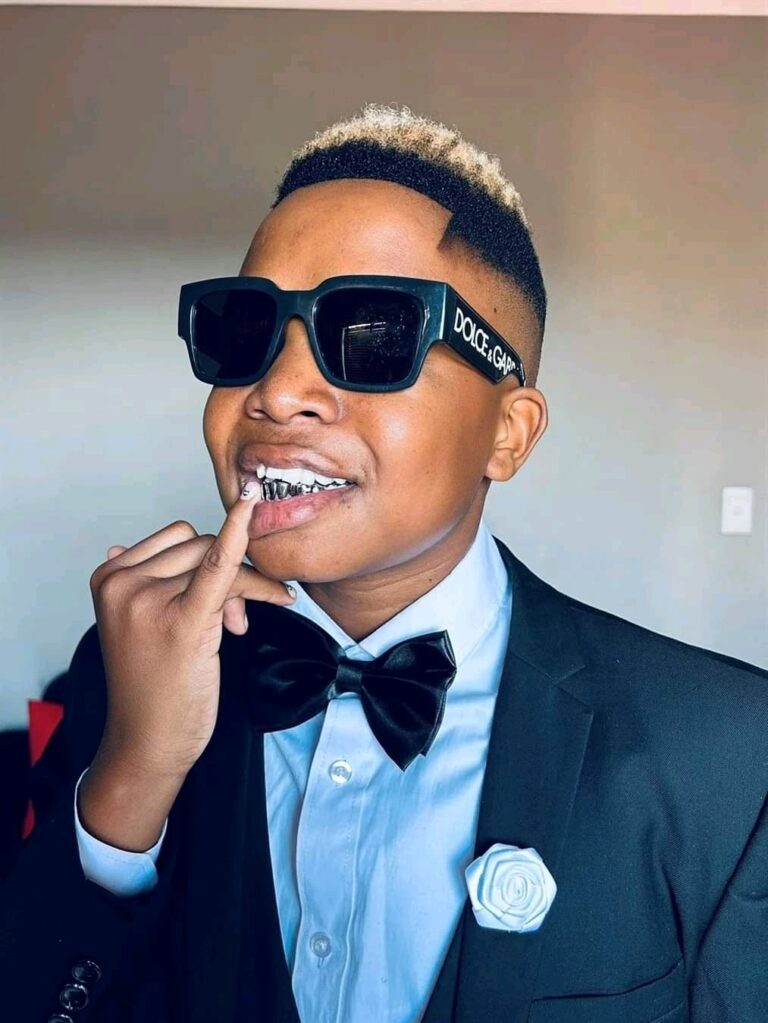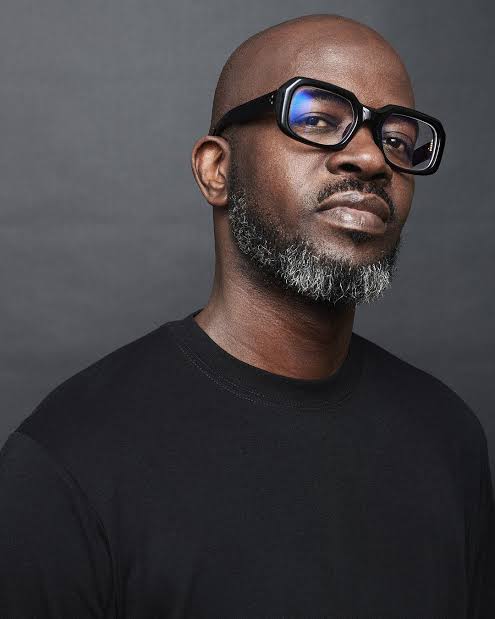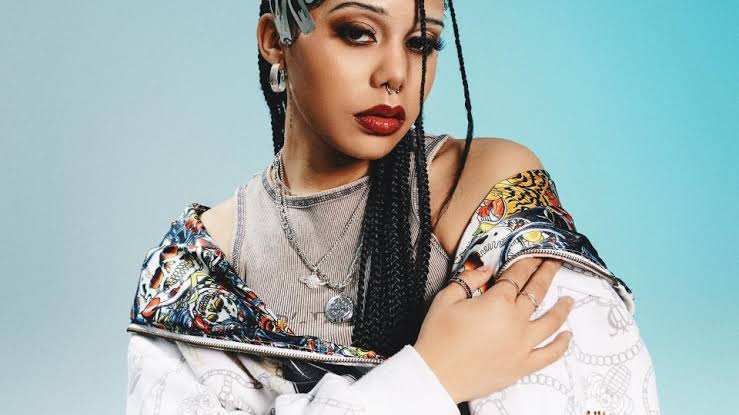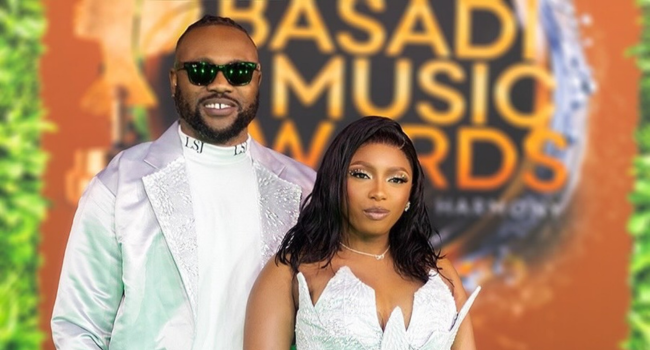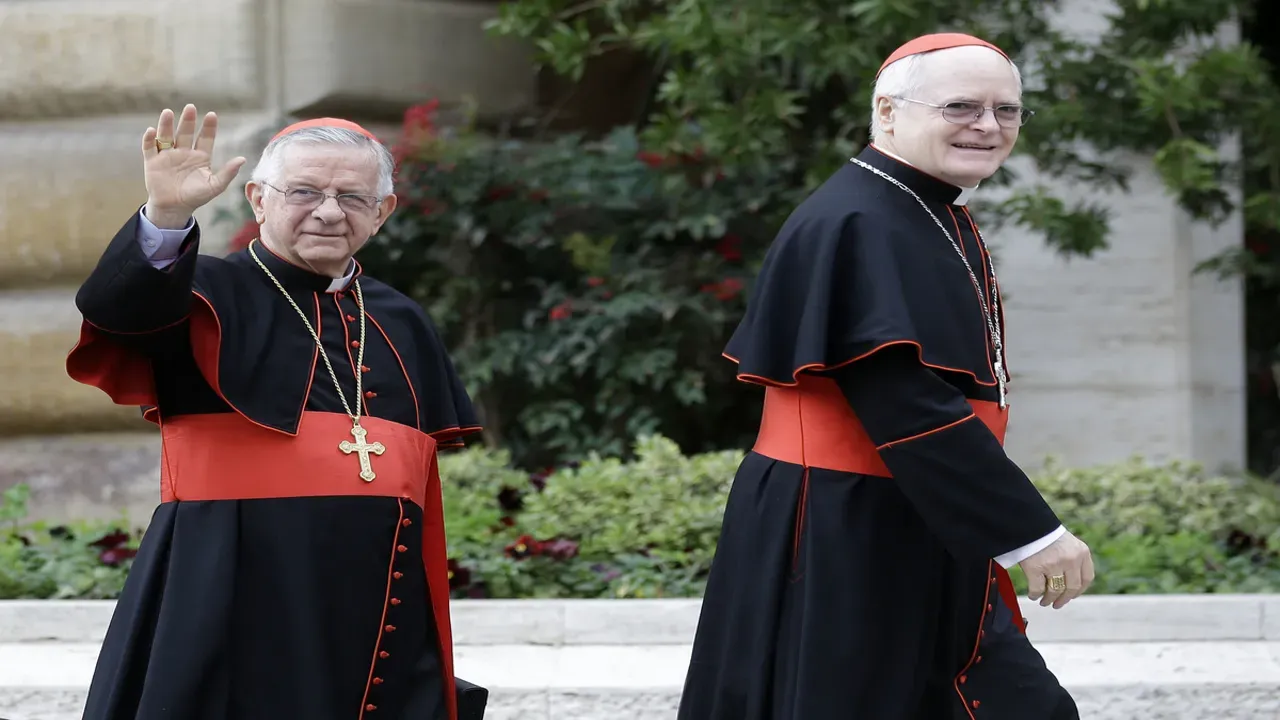
Move over, Met Ball – if you want a dazzling display of fashion, set your sights on the Vatican! As the spotlight hones in on the 2025 Met Gala in New York, where style icons like Kim Kardashian and Madonna will undoubtedly steal the show, another grand pageantry unfolds across the Mediterranean. This week, 133 cardinal electors will don vibrant scarlet robes as they gather to decide the future leader of the Catholic Church in a centuries-old conclave, creating a spectacle of color and tradition beneath the breathtaking frescoes of the Sistine Chapel. With each cardinal showcasing elaborate garments that signify their high rank and spiritual authority, the procession promises not only a visual feast but a profound experience steeped in sacred ritual and identity.
The Vibrancy of Scarlet: Cardinals in Tradition
At the forefront of ecclesiastical fashion, the color scarlet is the crowning glory donned by cardinals during significant events like the papal conclave. This bold red symbolizes the blood of Christ, setting the cardinals apart and underscoring their high status within the Church hierarchy. With a full-length cassock featuring 33 distinct buttons, combined with the traditional white rochet adorned with lace, the attire not only serves a liturgical purpose but also makes a striking visual statement against the backdrop of the Sistine Chapel’s famed frescoes.
The magnificence of these scarlet garments is heightened by the accompanying accessories, such as the red mozzetta, a short cape that gracefully drapes over the shoulders. Moreover, the grand pectoral cross, worn as a sign of their faith and authority, adds an additional layer of significance to their ensemble. Viewed in this light, the cardinals not only carry the weight of their religious responsibilities but do so with an unwavering commitment to upholding the traditions and colors that have defined their roles for centuries.
A Colorful Conclave: The Role of Fuchsia and Swiss Guards
While the cardinals’ attire commands attention with its radiant scarlet hue, the conclave features an array of other vibrant colors, notably the striking fuchsia worn by lower-ranking members of the clergy. These bishops and monsignors add a unique dimension to the procession, creating an even more stunning visual display as they move towards the Sistine Chapel. The fuchsia garments, while less intense than red, are chosen thoughtfully to honor the ceremony, ensuring that everyone present reflects the solemnity and vibrancy of this sacred event.
The spectacle is further intensified by the presence of the Swiss Guards, whose eye-catching uniforms incorporate the vivid colors of the Medici family in a blend of red, blue, and yellow stripes. Their elaborate get-up, combined with the cardinal’s traditional robes, creates a kaleidoscope of ecclesiastical fashion that is unrivaled. This colorful display resonates with the historical and cultural significance of the Vatican, showcasing how even within the hallowed walls, there is room for beauty, artistry, and a profound sense of identity.
The Intersection of Fashion and Spirituality in the Vatican
Despite the extravagance of the conclave’s attire, it is essential to understand that the garments worn by the clergy transcend mere fashion statements—they embody deep spiritual significance and tradition. As Capuchin friar Kaisar Sihombing articulates, it’s not just about the colors or the fabrics, but rather the essence and spirituality each garment represents. In this light, the conclave acts as a compelling testament to how fashion and faith are inextricably linked, with the vestments serving as symbols of the Church’s history and identity.
Furthermore, fashion within the Catholic Church has its roots in cultural expressions, showing how clothing can affirm beliefs and delineate hierarchies. Andrew Bolton’s reflections highlight that what might be considered mere vestments have longstanding historical narratives that inform their design and use. These garments not only signal religious allegiance but articulate a broader dialogue about the interplay of faith and fashion, challenging contemporary views that often regard the two as distinct spheres.
In summary, as the fashion world gears up for the highly anticipated 2025 Met Gala, all eyes should also turn towards the remarkable sartorial display unfolding in the Vatican. With 133 cardinal electors donning their striking scarlet cassocks and traditional garments during the conclave, the vivid colors, steeped in centuries of religious significance, present a spectacle unlike any seen on a typical fashion runway. This ceremonial procession not only showcases the vibrant palette of ecclesiastical attire but also embodies the deep spirituality and solemn traditions of the Church, as emphasized by those witnessing the event. While some spectators see it as a colorful pageant, others, like Capuchin friar Kaisar Sihombing, remind us of the rich heritage that the vestments represent. Ultimately, the conclave merges the realms of fashion and faith, underscoring how dress has played a pivotal role in religious expression, making it an occasion that transcends mere aesthetics.


